Ballet, a dance form deeply rooted in tradition, is rich with specialized French terminology. For those who have participated in ballet classes, the French terms become a familiar part of the vocabulary used by instructors during rehearsals. These terms are not only crucial for learning the steps, but they also help dancers refine their technique. Among the many French ballet terms, “élevé” and “relevé” are often confused due to their similar sounds. However, while these terms may seem alike, they each describe a distinct movement in ballet that requires a different technical approach.
In this article, we will explore what an élevè is, its relationship with other common ballet movements, and the technical differences between an élevè and a relevé. We’ll also dive into the basic vocabulary that is crucial for understanding the art of ballet and how these movements contribute to a dancer’s performance.
The Importance of French Terminology in Ballet
Ballet’s foundation is deeply embedded in French culture. Most of the terminology used in ballet today originates from the French language. This is because ballet, as we know it, developed in France during the 17th century. The ballet masters and choreographers of that time wrote down many of the steps and movements in French. As a result, the language became integral to the ballet world, and it remains the language of instruction in most ballet schools worldwide.
For a ballet dancer, mastering the French terminology is not just about memorization; it’s about developing a deeper understanding of the art form itself. The language connects the dancer to centuries of tradition and ensures that everyone in the ballet community speaks the same “dance language,” regardless of their native tongue.
The Basics of Ballet Movements: Plié, Relevé, and Elevé
Before diving into the specifics of the élevè, it’s important to understand the basic movements that serve as the foundation for many ballet steps. Among these, plié and relevé are two key movements that will help clarify the differences between the terms.
Plié: The Foundation of Ballet
In ballet, the verb “plier” means “to bend.” This movement is essential in nearly every ballet step. A plié involves bending the knees while maintaining a stable upper body. It’s a fundamental move that dancers use to build strength, control, and fluidity. A plié can be performed in different positions, such as first, second, or fifth position, and can also be used as the preparation for jumps and turns.
The plié serves as a way to absorb movement and prepare for more dynamic actions, such as jumps. It is also the key to proper alignment and muscle control. Learning to execute a plié correctly is crucial for dancers at every level.
Relevé: To Rise
The verb “relever” means “to raise.” In ballet, relevé refers to the action of rising to the balls of the feet or to full pointe from a demi-plié (a small bend of the knees). The relevé is an essential part of many ballet movements, and it requires significant strength and balance.
A dancer performs a relevé by starting in a demi-plié, then using the strength of their legs and feet to push themselves upward onto the balls of their feet. In some cases, the relevé can also be done from flat feet, where the dancer simply rises without the initial bend of the knees. The key difference between a relevé and an élevé is in the approach and execution of the movement.
What is pointe? Pointe in ballet refers to the position where a dancer stands on the very tips of their toes, typically wearing special ballet shoes known as pointe shoes. These shoes are designed with a stiffened toe box that allows the dancer to balance on the tips of their toes, creating a graceful, “floating” appearance during performances.
Performing en pointe requires significant strength, technique, and control, particularly in the feet, ankles, and legs. It is typically introduced to ballet dancers after they have developed a strong foundation in basic ballet techniques, usually around the age of 11 or 12, when their bodies are physically ready for the added demands of pointe work.
Pointe work is often featured in advanced ballet performances, including variations, pas de deux, and other dramatic or technically challenging sequences. It adds an element of ethereal beauty and height to the dancer’s movements, making it one of the most recognizable aspects of classical ballet.
Elevé: The Straight Rise
The term “élevé” comes from the French verb “elever,” which means “to raise” or “to bring up.” While this might sound similar to “relevé,” the two movements are performed differently. In an élevè, the dancer rises to the balls of the feet (or to full pointe) from flat feet, but crucially, the legs remain straight throughout the entire movement.
Unlike the relevé, which starts with a bend in the knees (a demi-plié), the élevè begins with the dancer’s legs straight. The movement is more about lifting the body upward with a smooth, controlled rise. There is no bend or preparation in the knees, and the dancer’s legs must maintain perfect alignment as they elevate. This makes the élevè a more challenging movement in some respects, as it requires more precise control and balance.
An easy way to remember the difference is to think of an elevator. An elevator moves straight up without any bending or curving, much like the execution of an élevè. This smooth upward motion is what distinguishes an élevè from the relevé, which begins with a bending of the knees.
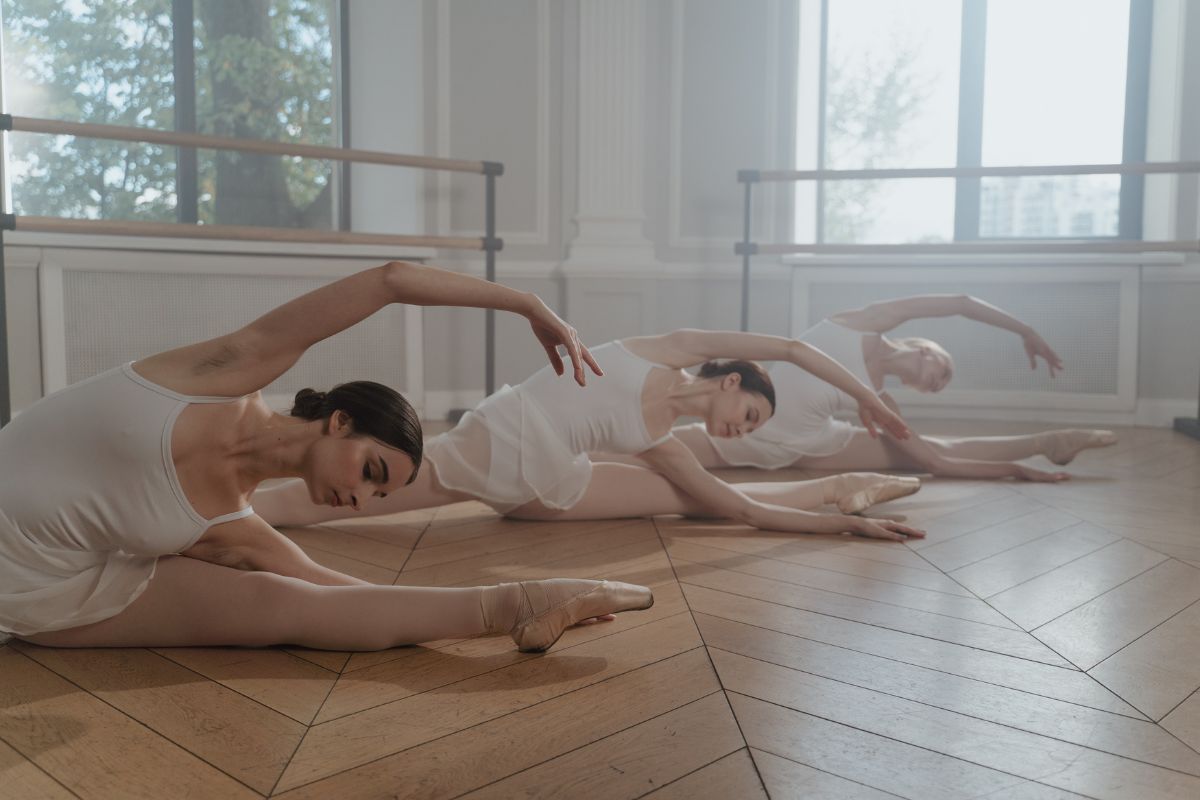
Technical Execution of the Elevé
To perform an élevè, the dancer begins in a standing position with their legs fully straight. Starting from flat feet, the dancer slowly rises onto the balls of their feet (or pointe) without any bending of the knees. The key to an effective élevè lies in the control of the movement, as the dancer must maintain straight legs and a stable posture while lifting their body upward.
Here’s a breakdown of the steps for a basic élevè:
- Start in a neutral position: Stand with your feet in either first, second, or fifth position, depending on the choreography. Ensure that your legs are straight and your body is tall and aligned.
- Prepare the body: Engage your core and keep your back straight. Your arms can be in any position depending on the movement, but for an élevè, they are often held in a rounded or low position.
- Rise onto the balls of the feet: Using the strength of your legs and feet, begin to lift your body upward. Ensure that your legs stay straight as you rise. Your heels should lift off the ground smoothly without any jerky movements.
- Achieve full elevation: Once you have risen onto the balls of your feet, hold the position briefly before descending back down. In some variations, you may also rise to full pointe in a similar manner.
- Lower the body: To descend, lower your body with control, bringing your heels back to the floor slowly.
Throughout the movement, it is important to maintain balance and alignment. The élevè should be performed with grace and fluidity, as it is an expression of control and strength.
Basic Techniques and How to Practice Élevé
Practicing at Home and in Class
The élevé technique can be practiced not only in the studio but also at home. Practicing at home helps dancers build confidence and strength without constant supervision from a teacher. However, this requires a high level of discipline and awareness of posture and technique.
To effectively practice élevé at home, you can use a large mirror to check your form. Ensure that your body remains aligned and your weight is evenly distributed when performing the movement. Additionally, supporting exercises such as standing on one leg or performing calf and ankle strengthening exercises are also helpful.
The Integration of Basic Steps
In ballet, basic movements like plié (bending the knees), relevé (rising up), and élevé cannot be isolated but must blend together seamlessly. Plié is a crucial preparatory movement that helps dancers generate power for subsequent movements, including relevé and élevé. Mastering plié is essential to performing élevé and relevé correctly, as it creates the foundation for rising and balancing on the balls of the feet or on pointe.
Working on Balance and Stability
Balance is a critical component of both élevé and relevé. While performing an élevé, the dancer is essentially asking the body to move vertically, which requires excellent control and core strength. Dancers must learn to stabilize their pelvis, engage their core muscles, and focus on their alignment to avoid wobbling or losing balance.
To improve balance, dancers often practice in front of a mirror or with the help of a barre for additional support during early stages of training. Over time, as strength and confidence grow, dancers can gradually practice without support to challenge their stability further.
Why the Elevé Is Important in Ballet
The élevè is a fundamental movement in ballet that is used in a wide variety of steps and combinations. It helps dancers build strength in their calves, ankles, and feet, which is essential for balance and stability. Additionally, the controlled rise of an élevè improves overall posture, as the dancer must maintain an elongated and aligned body while executing the movement.
The elevation in an élevè also requires a dancer to develop awareness of their center of gravity. Since the dancer is rising on the balls of their feet, they must engage their core muscles to stay balanced and avoid wobbling or falling.
In addition to its technical benefits, the élevè is also used to create a sense of grace and elegance in a performance. The slow, controlled rise onto the balls of the feet is a beautiful way to demonstrate a dancer’s poise and fluidity. The élevè is often seen in classical ballet variations, including pas de deux (partnered dances) and solo performances, where it can emphasize the dancer’s elegance and control.

Elevé vs. Relevé: Key Differences
While both movements involve rising onto the balls of the feet, there are key differences between the relevé and the élevè. The most important distinction is the starting position and the approach:
- Relevé: Starts with a bend in the knees (demi-plié) before rising. This allows the dancer to gather strength from the plié and gives more flexibility in the execution of the movement. The relevé can also be done from flat feet without the bend.
- Elevé: Starts with straight legs, and the dancer rises without any bending of the knees. This makes the movement more challenging, as it requires greater control and balance from the very beginning. There is no preparatory bend in the knees in an élevè.
Both movements are essential for a dancer’s technique, but the élevè is considered more demanding in terms of the precision required in the execution.
The Role of Elevé in Ballet Performance
The élevè plays an important role in ballet performances, especially in demonstrating the dancer’s skill and elegance. Whether it’s used as part of a combination, as a prelude to a jump, or simply as a standing position, the élevè showcases the dancer’s ability to rise with control and balance.
In performance, the elegance of the élevè can often be seen in moments where the dancer rises slowly and deliberately, creating a striking visual effect. This movement is often employed in slow, graceful sequences, where the dancer’s ability to elevate without jerking or wobbling is emphasized.
The Psychological and Physical Challenges of Performing Elevé
Ballet is not just a test of physical endurance; it is a mental challenge as well. The elevation required in an élevè requires both strength and psychological focus. Unlike the relevé, which starts from a plié, the élevè places immediate demands on the dancer’s body as they must maintain perfect posture and balance from the start.
The mental aspect of the élevè can be just as challenging as the physical aspect. Dancers must remain fully aware of their body’s alignment throughout the movement, as any misstep can result in an unsteady rise or a loss of balance. This constant self-awareness builds focus and discipline, traits that are integral to the success of a professional ballet dancer.
In addition to its psychological impact, the physical challenge of maintaining straight legs and elevating the body smoothly from flat feet requires an immense amount of calf and ankle strength. Dancers often spend years developing this strength, as it is a crucial element of many other ballet movements.
Elevé in Ballet Technique vs. Ballet Performance
While the élevè is commonly practiced in ballet classes, it is also an important element in ballet performances. In a performance, the dancer’s ability to execute an élevè with poise can add a layer of elegance and sophistication to their dancing. The slow, deliberate rise not only showcases strength and control but also heightens the dramatic effect of a performance.
In certain choreographic sequences, the use of an élevè can enhance the sense of suspense or elegance. For example, a dancer may rise slowly in an élevè before transitioning into another complex step, such as a jump or a turn. The smoothness of the movement can heighten the drama and aesthetic quality of the piece.
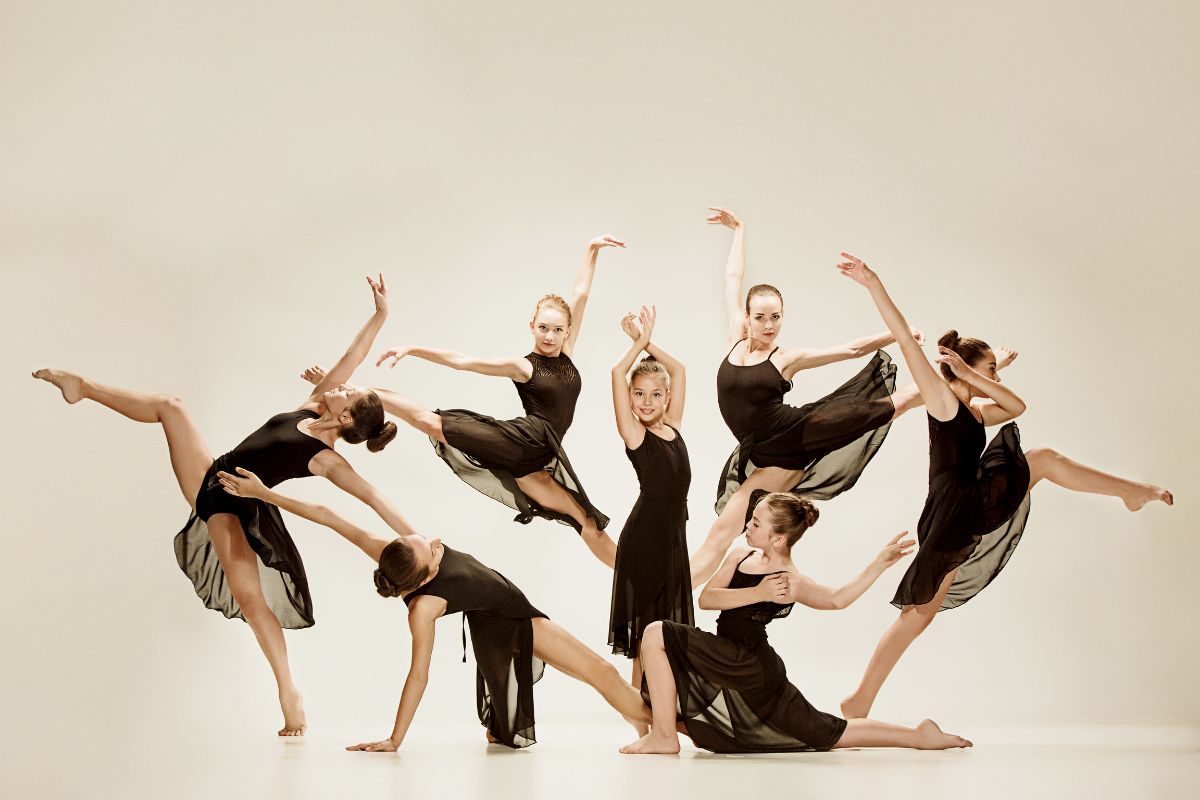
Élevé as a Building Block for Advanced Movements
Transitioning to En Pointe
For female dancers who pursue pointe work, the élevé is especially important. It is the movement that precedes almost every en pointe movement, including jumps and turns. When transitioning from flat feet to pointe shoes, the dancer must perform an élevé, where they rise straight up with a controlled, fluid motion. This controlled elevation ensures that the dancer lands gracefully in the correct position when performing jumps, fouetté turns, or any other advanced ballet movements on pointe.
What is fouetté? A fouetté is a ballet movement that involves a sharp, quick turn with a particular focus on the legs and feet. The term “fouetté” comes from the French word meaning “whipped,” which reflects the sharp, whipping motion of the leg during the movement.
There are two main types of fouetté in ballet:
- Fouetté en dehors: This is the most common type of fouetté, where the dancer performs a series of turns while keeping one leg extended in front (in a devant position) and then whips it to the side (to à la seconde) before continuing the turn. The dancer rotates on one leg while the other leg executes quick, sharp kicks or “whips.”
- Fouetté en dedans: This variation is less common and involves the dancer turning while the working leg whips from the back to the front.
Fouetté turns are a challenging and impressive technique, requiring strong core muscles, balance, and the ability to generate speed and control in the turns. These turns are often seen in variations and are a hallmark of classical ballet, especially in performances like the famous fouetté turns in “Swan Lake” or “Don Quixote.” The dancer typically performs several turns in succession, making it a dramatic and difficult skill to master.
The Role of Élevé in Developing Leg Strength and Flexibility
An important benefit of regularly practicing élevé is the development of leg strength and flexibility. Élevé targets the calves, ankles, and feet, improving their strength and endurance. Dancers who practice élevé regularly build the muscle tone needed to execute more advanced movements, such as relevé or even en pointe. Additionally, as flexibility increases, the dancer’s range of motion improves, which is essential for creating fluid, expressive movements.
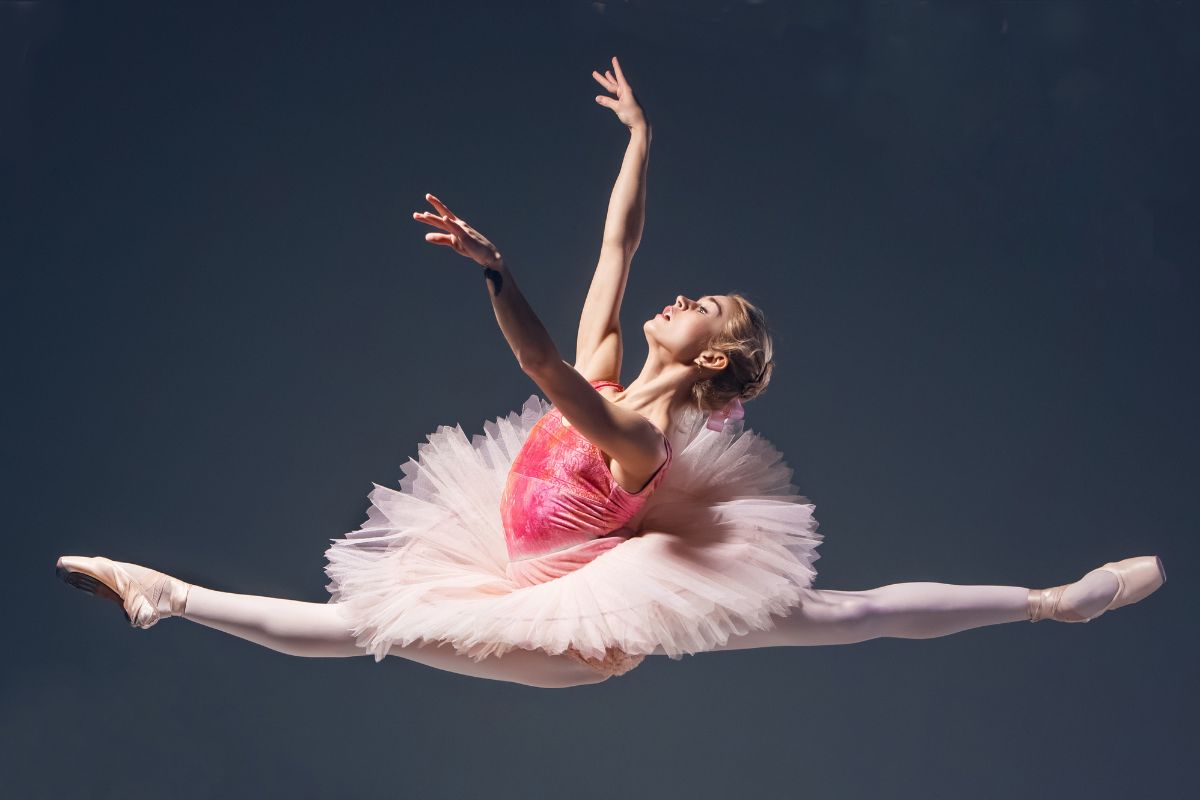
How Élevé Contributes to Artistic Expression in Ballet
The Aesthetic of Elevé
In ballet, every movement holds an aesthetic value, and élevé is no exception. The rise to the balls of the feet, when executed with precision and control, can create a sense of grace and elegance. This smooth, vertical motion allows dancers to achieve a weightless quality, which is often a defining characteristic of ballet. Whether in an adagio sequence or a fast-paced allegro combination, élevé adds to the beauty of the performance by demonstrating control, discipline, and artistic flair.
Élevé in Grand Allegro
Élevé plays a crucial role in many grand allegro sequences, especially in jumps like jeté or grand leap. As the dancer executes these high-flying jumps, the initial élevé action is critical to generating the necessary height and momentum. By using the power of élevé to launch into the air, the dancer can achieve a sense of weightlessness and grace, which is a hallmark of ballet’s beauty.
Conclusion: Mastering the Elevé in Ballet
In conclusion, the élevè is a fundamental movement in ballet that requires precision, control, and strength. Unlike the relevé, which starts with a plié, the élevè involves rising directly from flat feet with straight legs. This movement helps dancers build muscle strength, improve balance, and develop a graceful stage presence.
Understanding the difference between the two terms—relevé and élevè—is crucial for any ballet student or enthusiast. Both movements play an important role in a dancer’s training and performance, but the élevè stands out as a more challenging and elegant rise. Whether you’re a beginner or an advanced dancer, mastering the élevè will greatly enhance your technique and your overall performance in ballet.
As you continue to explore the rich world of ballet, remember that the technicalities of movements like the élevè are what truly set dancers apart. The precision required to execute an élevè with grace is what transforms a good dancer into a great one. With practice and dedication, the elevation of the body in an élevè will become second nature, helping you express the artistry and elegance that ballet is known for.
Author Profile
Latest entries
 Break DanceFebruary 23, 2025Tap Dancing vs. Clogging: How Do They Differ?
Break DanceFebruary 23, 2025Tap Dancing vs. Clogging: How Do They Differ? Break DanceFebruary 23, 2025Best Dance Competitions for Kids
Break DanceFebruary 23, 2025Best Dance Competitions for Kids Break DanceFebruary 23, 2025Master the Straddle Stretch for Splits
Break DanceFebruary 23, 2025Master the Straddle Stretch for Splits Break DanceFebruary 14, 2025The Art of Timing in Dance
Break DanceFebruary 14, 2025The Art of Timing in Dance
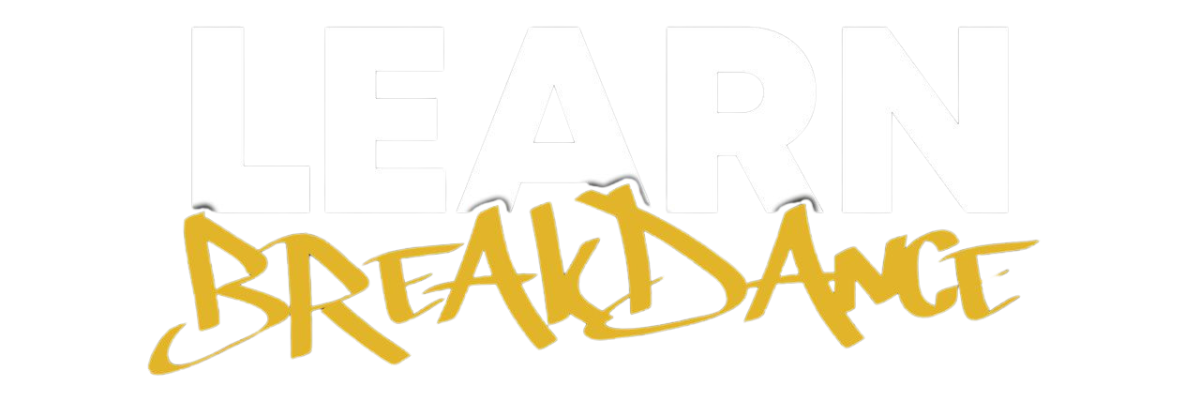
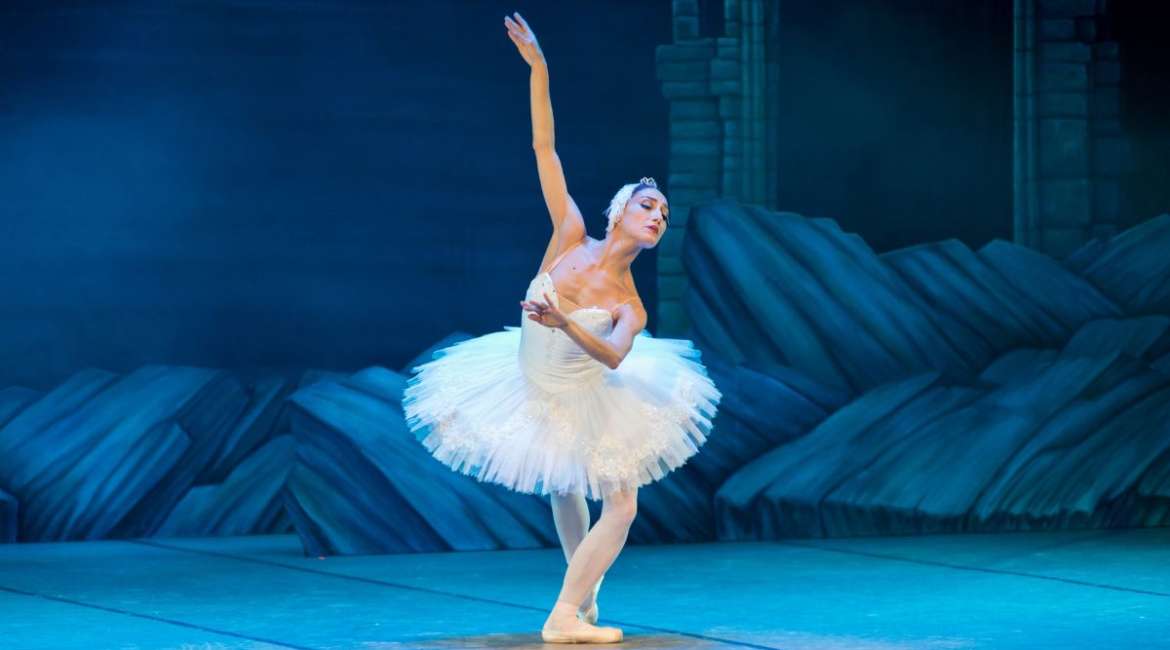


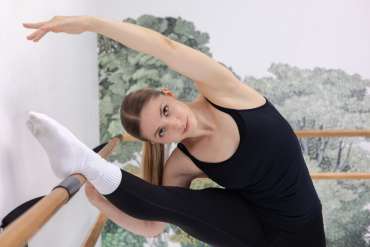

Leave a reply